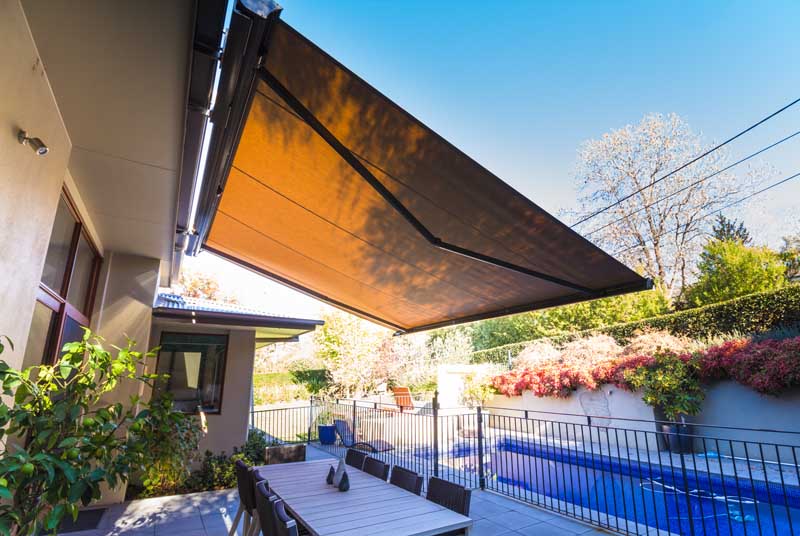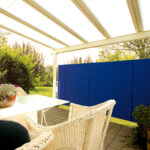What Is Domotics? Everything You Need To Know
The field of domotics — more commonly known as “home automation” — is one that is becoming increasingly important in the 21st century. As technological strides are made, we’re discovering ways to automate our homes in ways that, just a matter of decades ago, were the stuff of science fiction. In this article, we’ll introduce you to domotics, discussing its benefits, some of the areas of the home where domotics can be applied (such as roller blinds and automated lighting), and the types of technologies used to control these areas remotely.
What is domotics?
It could be anything from an advanced home security system to something as basic as a system designed to turn lights on and off at the appropriate times. Essentially, anything that adds an element of automation to the home or to household activities falls into the category of domotics. What’s more, domotics is becoming increasingly affordable, with these once-wondrous technologies being implemented in ways that are simple and accessible for the average homeowner.
What are the benefits of domotics?
The most obvious benefit of domotics and the one that all those involved in home automation are aiming towards can be summed up in one simple word: convenience. It’s all about creating a more convenient way for people to live their lives. Think about television, for example. The TV remote control has been around for decades and, in reality, this is an early form of domotics that we’re all quite familiar with.
Now imagine applying similar technologies to switching the lights on and off, or adjusting the air conditioning temperature. Better still, there is now technology that doesn’t even require you to manually control these functions; picture a lighting system that can sense when you’re entering or exiting the room, or an outdoor awning that retracts itself as soon as conditions become too windy.
What types of domotics are there?
Common areas of domotics include:
- Security systems: This may include CCTV and video verification services, alarm systems, access control, and more.
- Home theatre: This goes beyond the mere use of a remote control to flick through the channels; you can set up workflows that perform complex tasks through a range of steps at the click of a button.
- Lighting: Control your light fixtures from anywhere in the home (or even from outside your home!) or set it up so that the lights sense when they need to be turned on or off.
- Air conditioning: Imagine remote controlled thermostats which enable you to change the temperature from your own bedroom, or that can be programmed to respond to temperature so that the house is ready for you when you get home.
- Roller blinds: Window blinds are designed to thermally control the temperature of a room and also to add privacy, but in the past doing so has always been a manual process. With automated roller blinds, this is no longer the case.
How do the controls work?
It could be via a remote control that can be used anywhere in your home and which can control security systems, home theatre electronics, lighting, appliances and more. It could be even more remote than that; you can set things up so that you’re controlling these features of your home from your workplace via the internet, or even in another country. Or perhaps there’s no remote control at all; perhaps everything is 100 per cent automated, responding to changes in the environment instead of human intervention.
This is domotics — this is the future!














No Comments